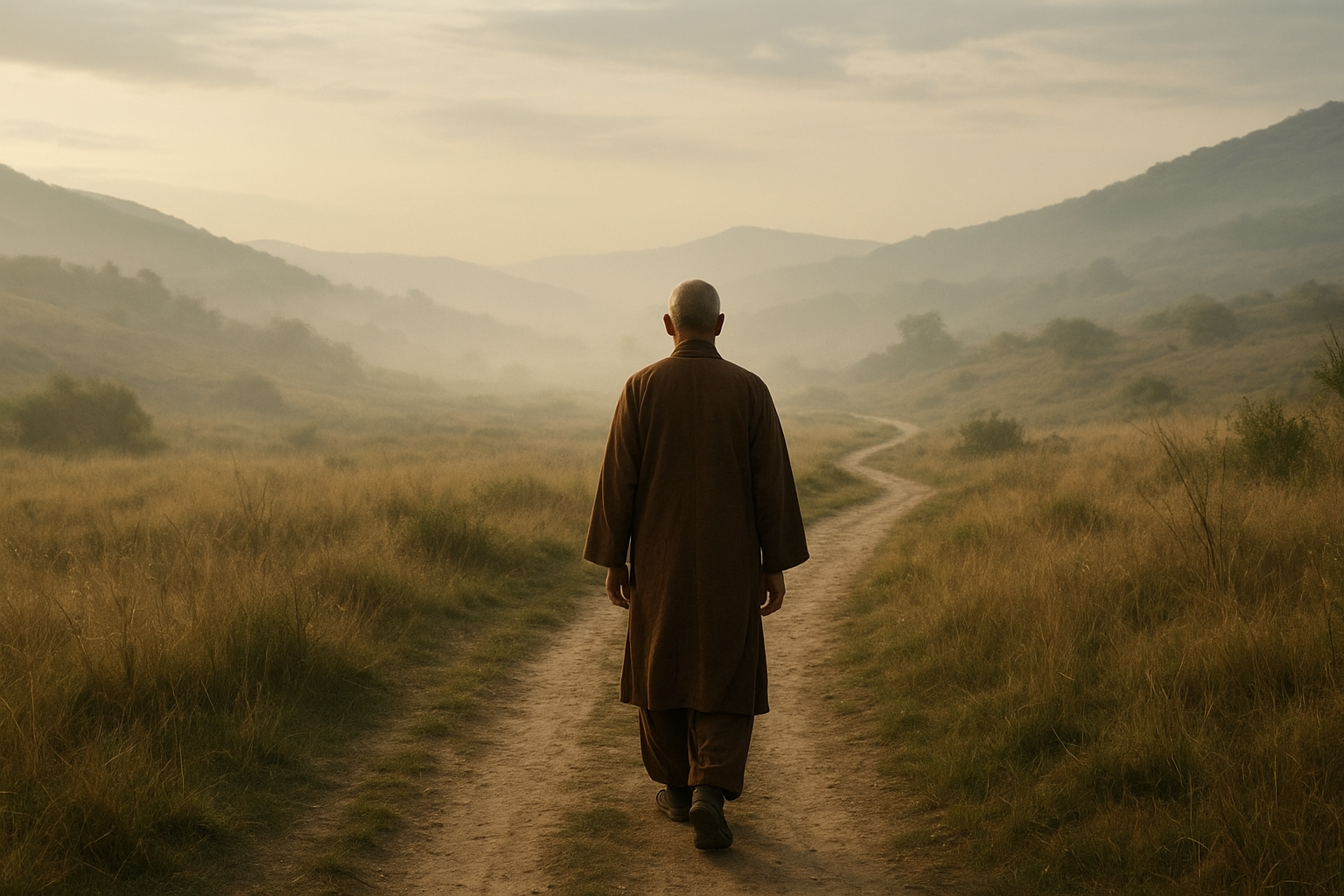Walking the Wayless: The Zen Art of Directionless Journey
In the bustling age of technology and constant connectivity, the idea of setting out on a journey without a clear destination might seem bewildering. However, the ancient Zen philosophy of “Walking the Wayless” offers profound insights into finding peacefulness and self-discovery simply by wandering. This approach encourages individuals to embrace spontaneity and live in the moment, breaking away from routines and expectations.
The Philosophy Behind Wayless Walking
Zen Buddhism places a significant emphasis on mindfulness and presence. At its core, the philosophy teaches that the journey is as important as the destination. According to Zen Master Shunryu Suzuki, “In the beginner’s mind, there are many possibilities; in the expert’s mind, there are few.” The act of walking aimlessly allows practitioners to maintain a beginner’s mindset, facilitating openness to new experiences and insights.
The practice of walking without a set destination is more than just a physical activity; it is a form of meditation. Disengaging from goal-oriented travel fosters a heightened state of awareness and appreciation for the present moment. As Lao Tzu eloquently stated, “A good traveler has no fixed plans, and is not intent on arriving.”
Embracing the Unknown
Walking the wayless requires letting go of control and embracing uncertainty. This can be particularly challenging for those accustomed to structured schedules and plans. However, it is precisely this release of control that permits personal growth and self-discovery. When the mind ceases to fixate on a destination, it opens itself to the beauty and tranquility of the surroundings.
In their book The Art of Travel, philosopher Alain de Botton discusses the profound impact of traveling with an open mind. He writes, “Journeys are the midwives of thought. Few places are more conducive to internal conversations than a moving plane, ship or train.” Walking without a purpose elevates this concept to a spiritual level, where the simplicity of each step becomes enlightening.
Practical Steps for Practicing Wayless Walking
- Leave the Map Behind: To truly experience the benefits of the wayless walk, avoid carrying maps or using GPS devices. Instead, let intuition and curiosity guide your path.
- Embrace Mindfulness: Focus on your breath, the rhythm of your steps, and the sensations you experience. Observe your surroundings with fresh eyes and an open heart.
- Be Open to Encounters: Engage with people, nature, and unexpected events along the way. Every encounter holds a potential lesson or insight.
- Reflect on the Journey: Upon returning, take time to reflect on the journey. What did you learn? How did it feel to relinquish control?
The Modern Application of Wayless Walking
In today’s fast-paced world, adopting the practice of wandering without direction can be deeply transformative. The practice not only breaks the monotony of everyday life but also stimulates creativity and problem-solving. According to Psychology Today, walking enhances cognitive function and stimulates neural connectivity, thereby boosting creative thinking.
While traditionally rooted in Zen practice, this art of walking can be incorporated into modern-day lifestyles. Whether in an urban setting or amidst nature, dedicating time to wander waylessly can help one reconnect with themselves and the world around them.
Concluding Thoughts
“Walking the wayless” invites individuals to experience the world without preconceived notions. It is a gentle reminder of impermanence, fostering humility and gratitude for the present. As writer Rebecca Solnit elegantly puts it, “How will you go about finding that thing the nature of which is totally unknown to you?” The answer lies in embracing the journey itself, one step at a time.
Embracing the Zen art of directionless journey provides timeless wisdom in an era demanding constant progress and tangible success. By surrendering to the path less traveled—or perhaps not traveled at all—so much more of the world opens itself to those willing to walk the wayless.




